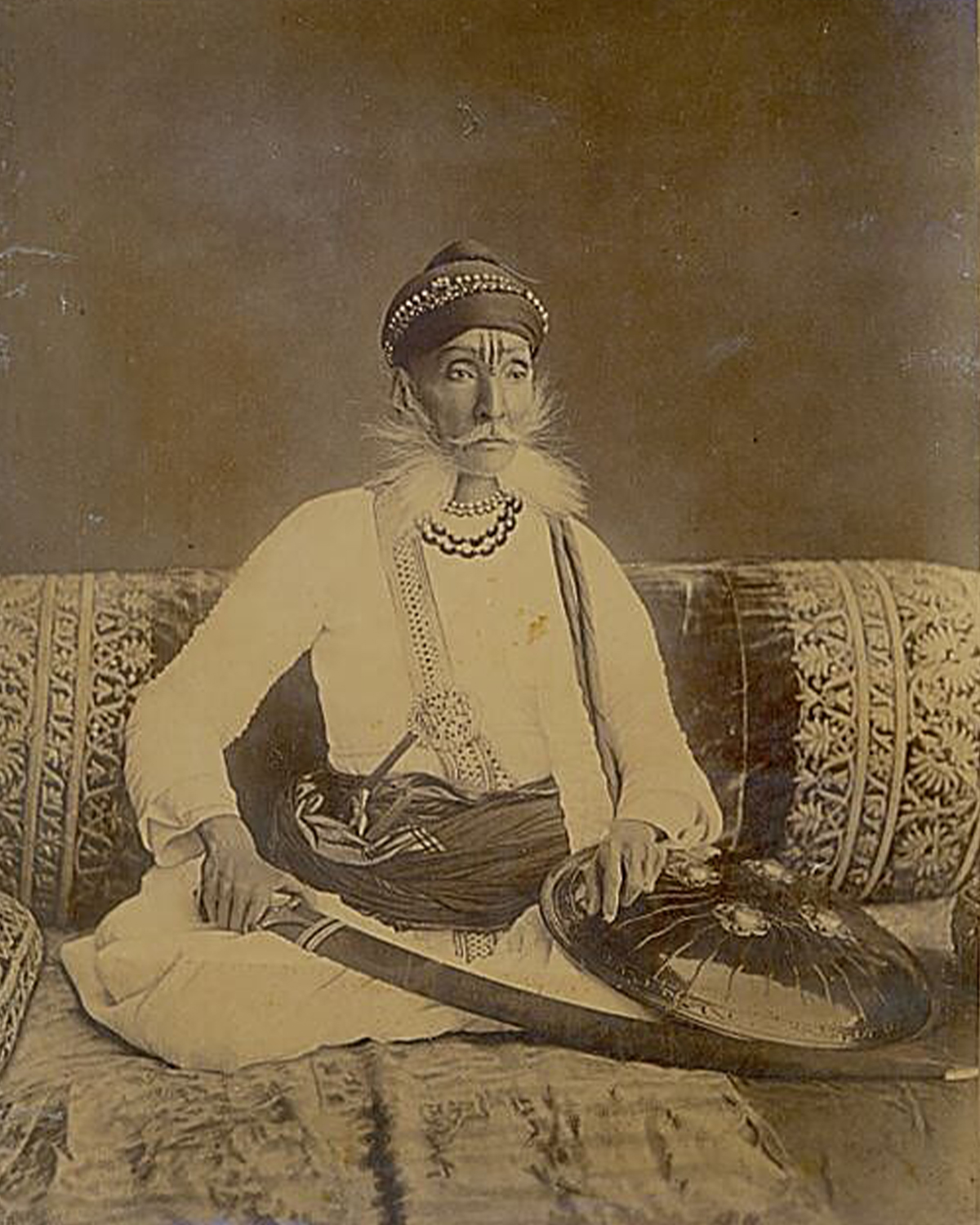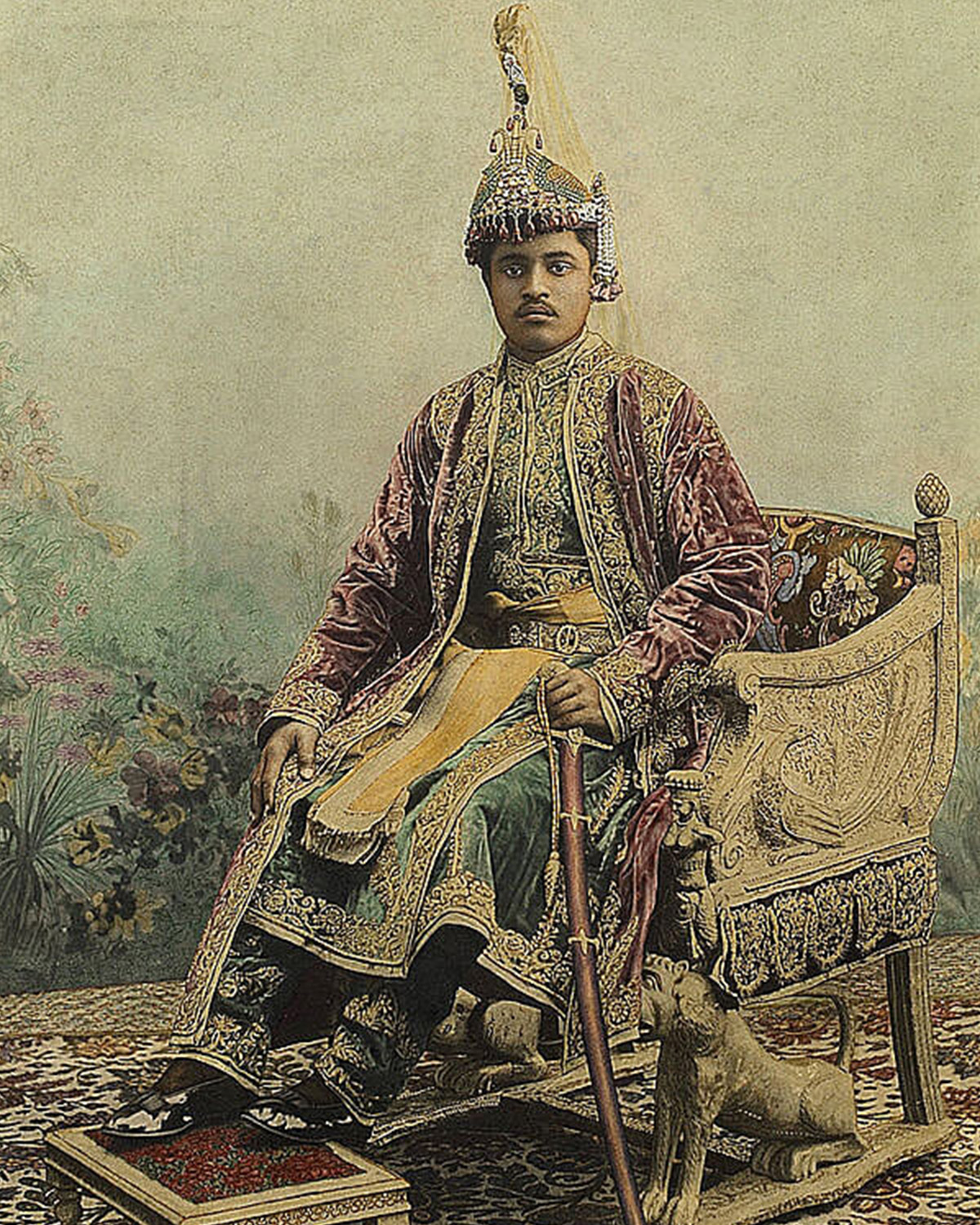ARTICLE
Johnston & Hoffmann
Apart from studio portraits, Johnston & Hoffmann also accompanied European travellers and scholars on ethnographic surveys in the eastern Himalayan region and surrounding areas. In the 1880s, the firm was commissioned by LA Waddell to shoot and develop portraits of local people in Nepal, Sikkim and Tibet to highlight their cultural and ethnic identities. These were subsequently published in Waddell’s 1889 book, Among the Himalayas. Scholars have pointed out that with these images, as with many such ethnographic projects at the time, the presumed objective truth of a photograph masked certain deceptions and obscured the cultural fluidity of the region, such as the fact that many of the sitters were made to wear clothes that appeared sufficiently exotic to the European eye, or that some of the sitters were not from the areas that the book claimed to cover but instead from surrounding regions that had a shared population, mode of dress and customs with some variation. In July 1891, Hoffmann travelled with John Claude White, the Political Officer in Sikkim, to Kanchenjunga. The photographs from this trip were later published in White’s album Sikhim & Bhutan: Twenty-one Years on the North East Frontier 1887–1908 (1909), which was also printed by Johnston & Hoffmann.
The franchise closed down sometime in the 1950s due to reasons presently unknown.
Bibliography
Our website is currently undergoing maintenance and re-design, due to which we have had to take down some of our bibliographies. While these will be re-published shortly, you can request references for specific articles by writing to hellomapacademy@map-india.org.








